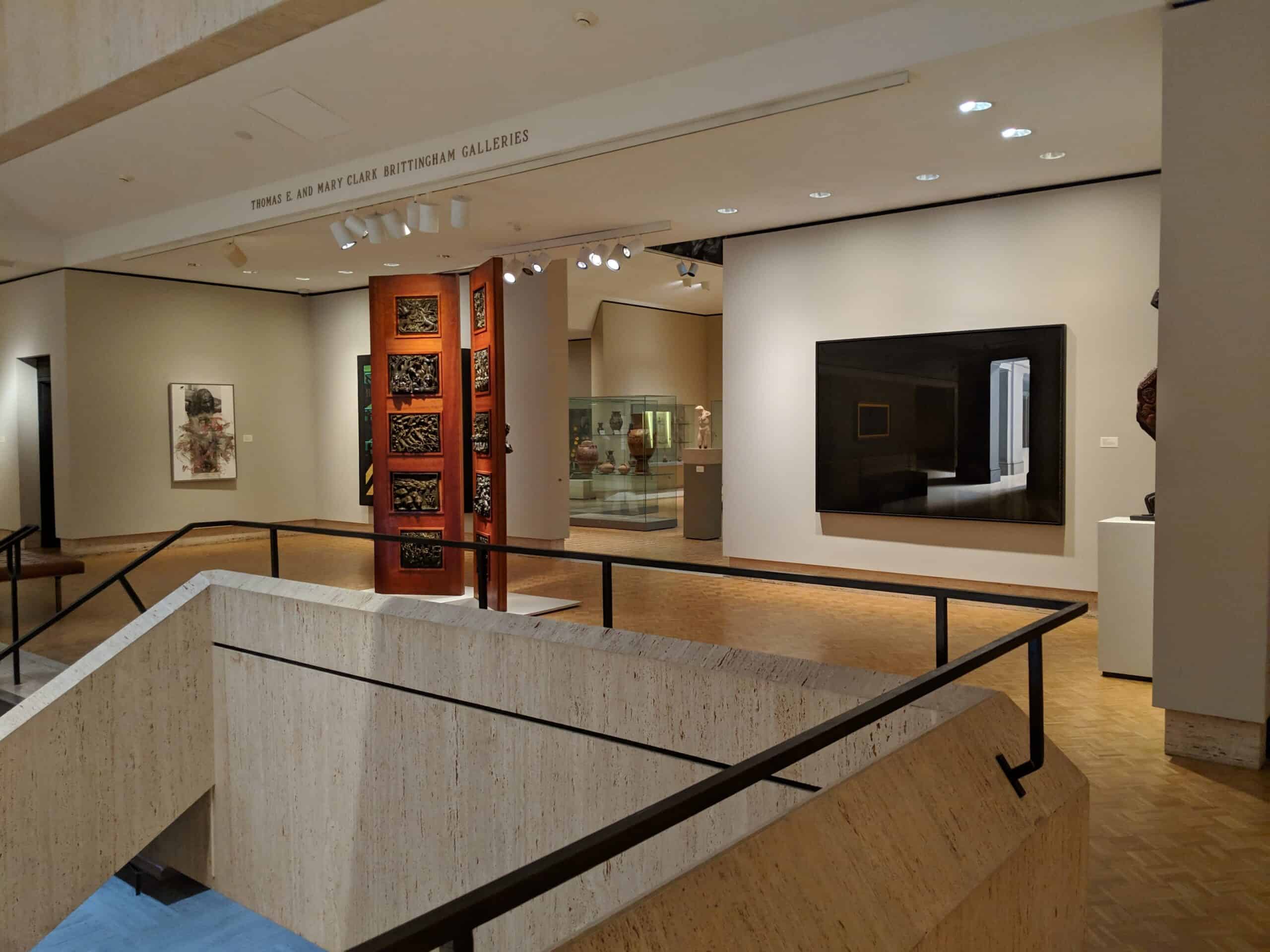Today I visited an exhibition at Mathildenhöhe in Darmstadt. It is about Polymethyl methacrylate (PMMA) or bether known as Plexiglas.
This extremely weather-resistant plastic was developed to patent stage in 1933 by the Darmstadt-based Röhm company. Its constant high transparency, light weight as compared with glass and wide range of forming options are the attributes that make PLEXIGLAS® an equally attractive material for architecture and design.
With its variability in production this plastic put its stamp on the modernist movement, and made complex forms also feasable with transparency. From Panton’s lightnings and chairs to the light roof construction of Munich’s Olympic Stadium, many new forms were made possible by this material.
Mathildenhöhe, where the exhibition was shown is also the birthplace of the german art deco movement (Jugendstil). Several houses and a museum show how this movement opened the way to modernism. This place near Frankfurt is until today important for the design scene because there is also located the “Design Zentrum Hessen” and the “FH Darmstadt – design faculty”.
